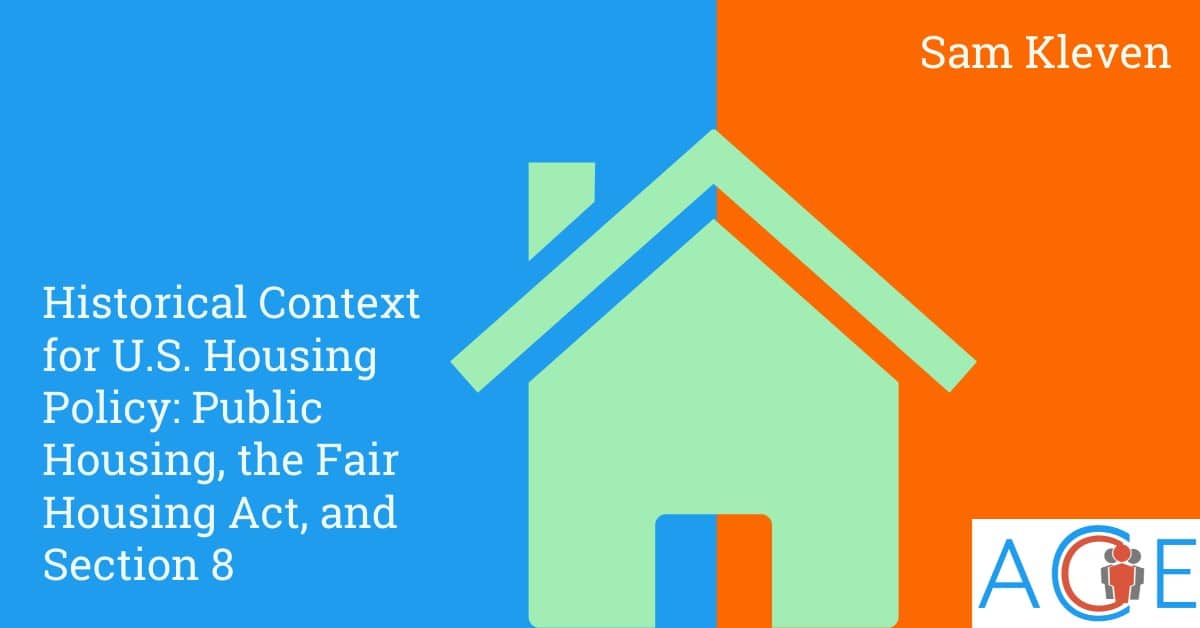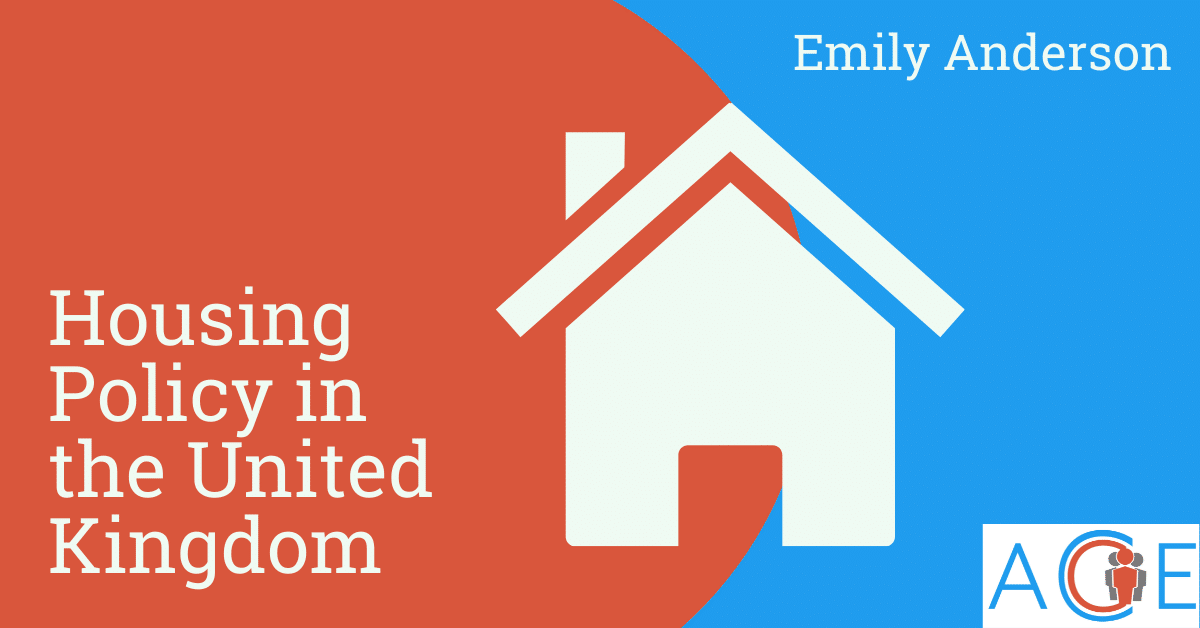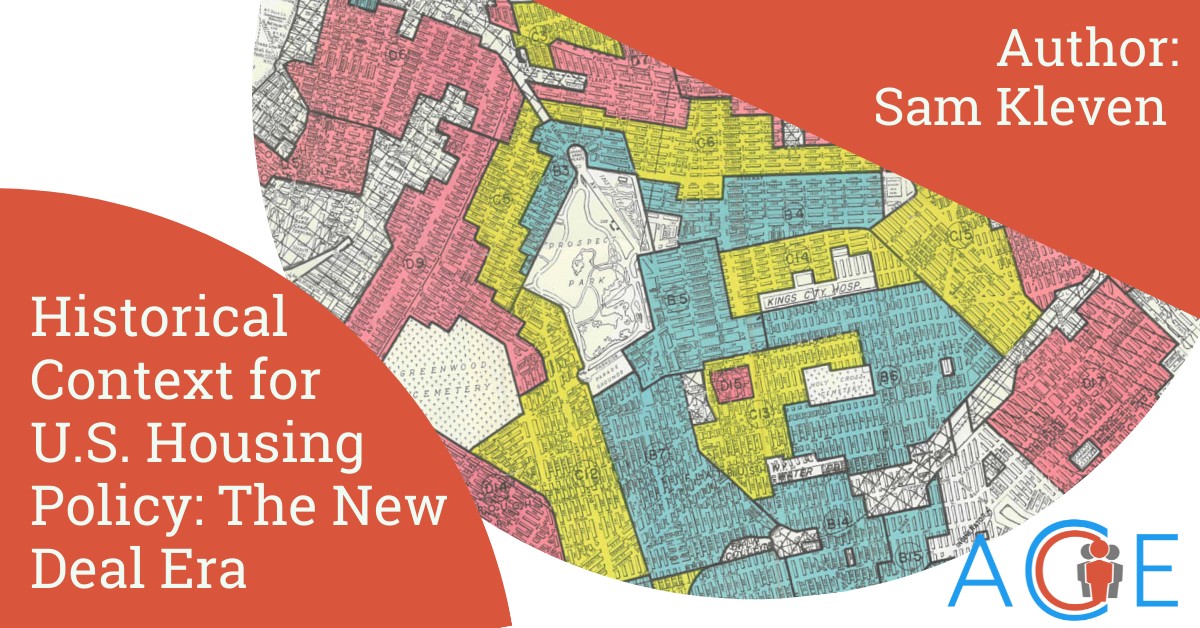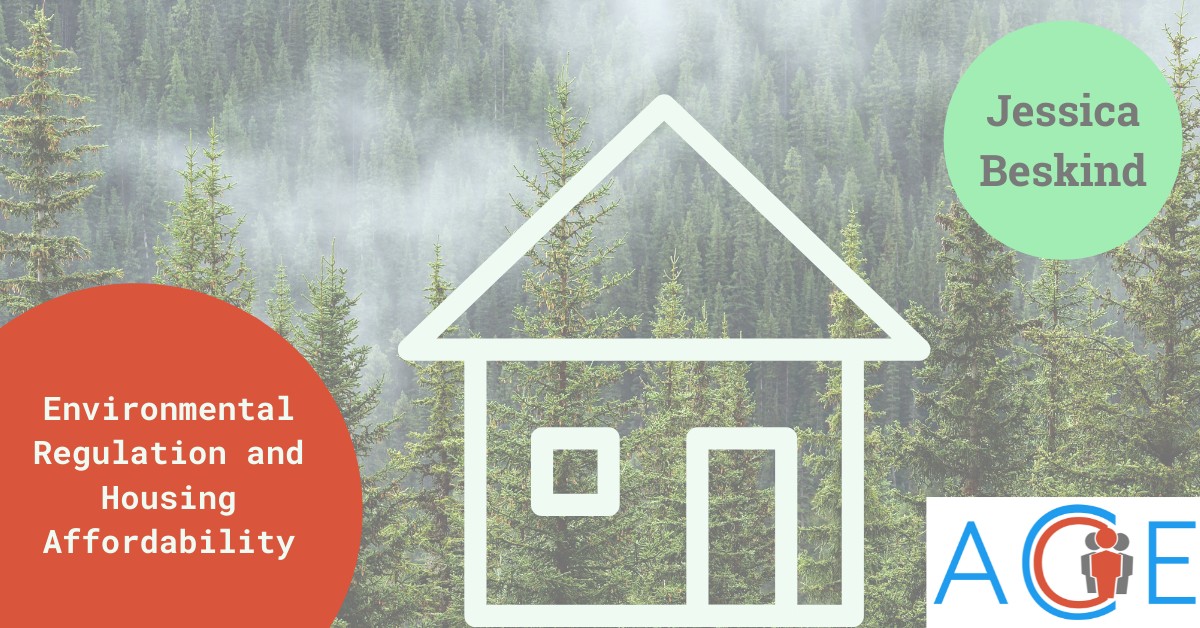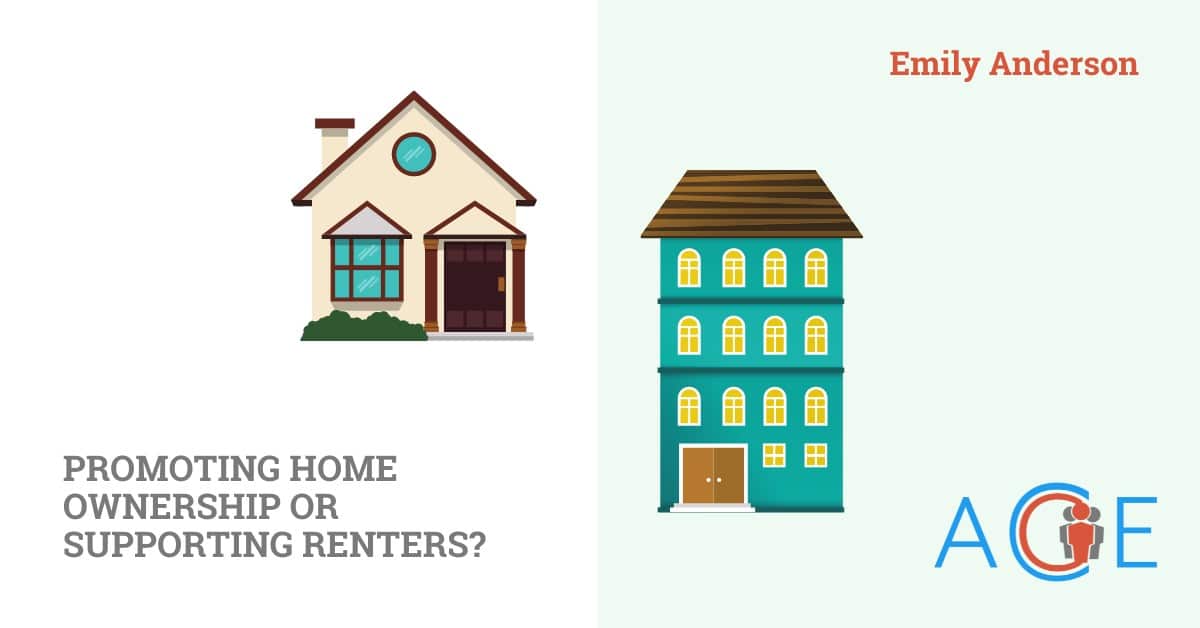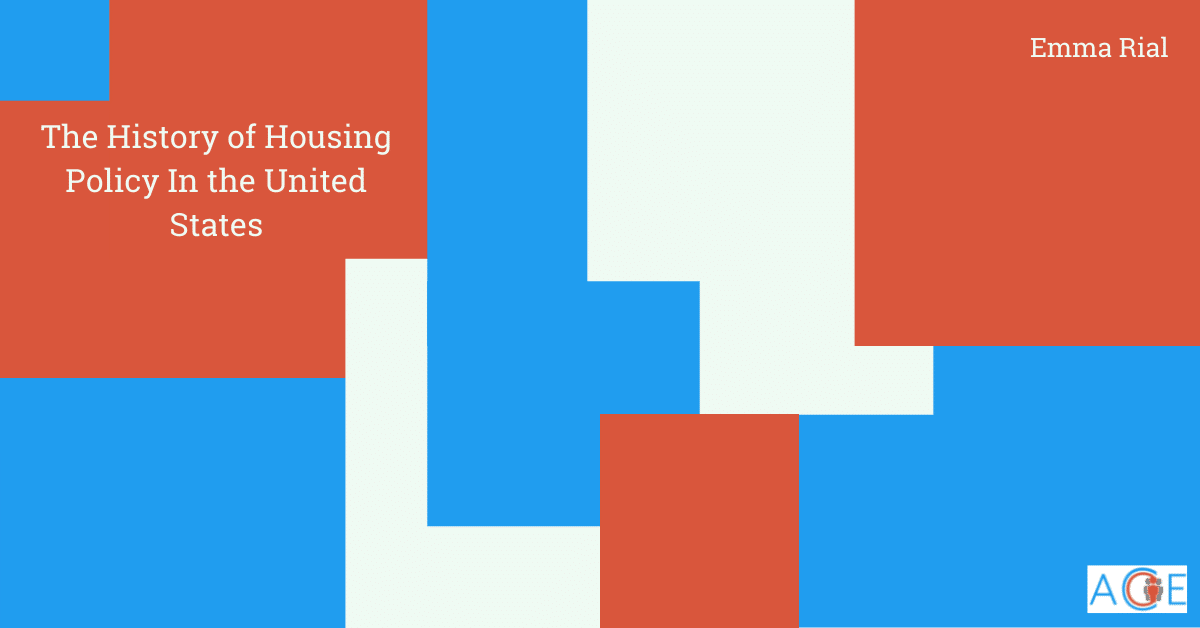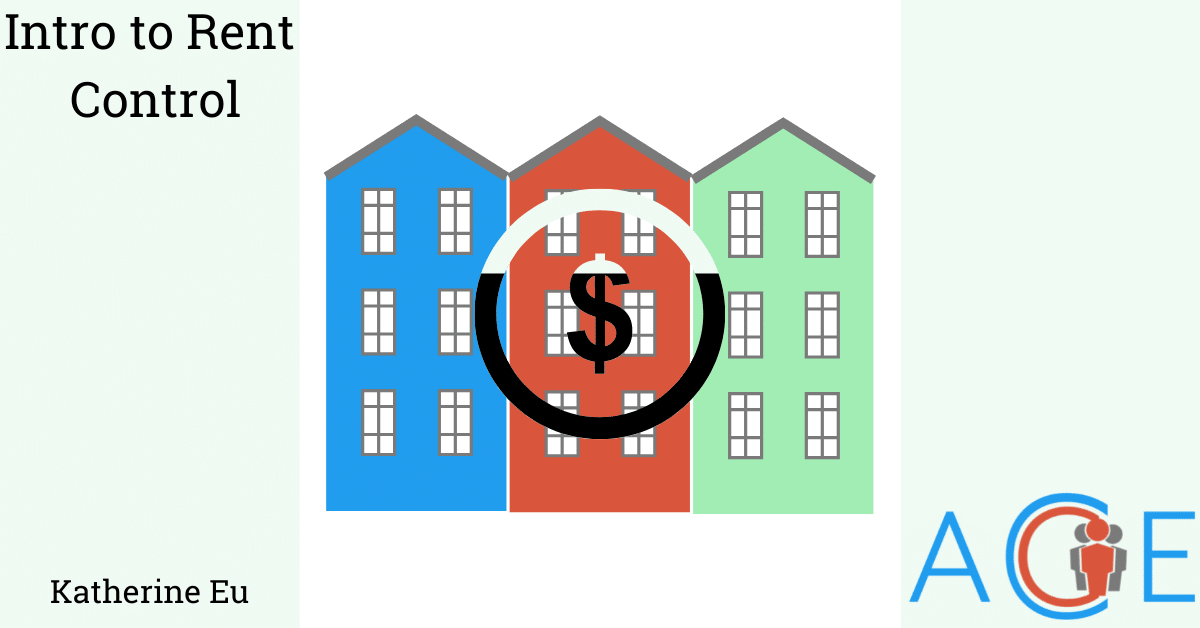The US public housing program originated in 1937, as one of the last pieces of legislation included in the New Deal. Like the HOLC and the FHA, public housing was initially aimed at solving the problem of widespread homelessness and housing insecurity created by the Great Depression. Public housing had the additional virtue of allowing for large-scale construction in a single place, and was therefore wielded as a tool for infrastructure growth and jobs creation. For this reason, many of the initial public housing developments were located near, and in service of, major construction projects. Public housing projects were managed and run by local housing authorities but funded entirely through federal capital grants. Rent collections from tenants were expected to cover operating expenses and future maintenance.
From the outset, political compromise and concessions created challenges for public housing. Rigorous lobbying from real estate interests and their conservative constituencies—mostly Southern Democrats—led to the agreement that public housing must be markedly inferior to private developments, both aesthetically and functionally. To ensure that these public developments would not compete in the private market, the federal government set low ceilings on construction costs. Additionally, public housing projects were blatantly segregated based on race; developments preserved for White people were located closer to job sites and were given more funding to attract skilled workers. The Public Housing Authorities (PHAs) in White developments enforced strict standards for residents, ensuring that they maintained orderly living spaces and stayed out of trouble with the law. For White people, the early years of public housing, though not luxurious, were a far cry from the current perception of derelict high-rises, ridden with crime.
Following the end of World War II, and the gains in White, middle-class homeownership generated by the G.I. bill, Congress commenced a period of accelerated public housing construction—set into action by the Housing Act of 1949. As generous mortgages and federal subsidies built the suburbs, low-income Americans faced a shortage of affordable housing in urban areas. To address this problem, the 1949 Act authorized the construction of 810,000 public housing units over the next six years. It was during this time that many of the high-rise developments—such as the infamous Pruit-Igoe in St. Louis—were built. These buildings are famously deficient: devoid of decoration or amenity; set back from the streetscape; shoddy construction and dull architecture. Many current advocates argue, however, that the widespread publicization of public housing failures presented an inaccurate and grossly exaggerated account. They further argue that many developed units were smaller—mostly row houses and smaller apartments—and that the image of unsightly high-rises contributes to a stigma against public housing.
Stigmas aside, public housing has never been socially desirable. With the growth of FHA-insured mortgages, those who could afford to move did so (except for Black Americans), often to suburban developments. This meant that public housing residents gradually became poorer and less White. The median income of tenants fell consistently in the decades after public housing’s conception. The promulgation of upper income limits and the eviction of middle-class tenants meant that by 1970, most tenants earned less than 20% of the national median. Public housing gradually became synonymous with lower-class, harboring pockets of concentrated poverty. In addition, a Circuit Court of Appeals had ruled in 1935 that the federal government does not have the power to acquire local property through eminent domain. A lack of federal control afforded localities ample room to keep public housing out of desirable areas—whether that be by opting-out of funding for construction altogether, choosing construction sites near environmental hazards, or strategically locating sites in accordance with racial segregation.
In 1973, President Nixon issued a moratorium on the construction of new public housing, calling it “monstrous, depressing places–rundown, overcrowded, crime-ridden”. Nixon effectively declared public housing a policy failure, prompting Congress to refuse to provide sufficient funding for upkeep and modernization.
This top-down declaration quickly morphed into consensus. In 1993, the federal government launched the HOPE VI to demolish and redevelop more than 150,000 public housing units. HOPE VI rode a wave of changes to the policing system known as the “broken windows theory” which argues that higher quality living environments, in which amenities are durable and repairs are made promptly (repairing broken windows, for example) reduce crime and engender socially-positive behaviors. In this vein, HOPE VI sought to replace distressed public housing with mixed-income developments with more aesthetically minded features designed to blend in with surrounding developments. Additionally, HOPE VI buildings had shallower subsidies and stricter tenant eligibility that took into consideration poor credit histories, the existence of a criminal record, and other applicant characteristics. HOPE VI marked the end of highly-concentrated public developments.
There are a few enduring themes to keep in mind when considering the history of the public housing program. The first is the question of concentrated poverty and its externalities. Even though the central aim of the public housing program has always been to serve low-income and housing-insecure Americans, it has long been understood that homogeneously low-income developments are harmful to the interest of residents. Concentrated poverty gives rise to more violence, poorly maintained facilities, and other negative forces that are endemic to poverty. The tension for policymakers is therefore between prioritizing the neediest citizens and improving life-outcomes for those served. A second and related tension has to do with a leniency in tenant behavior. While leniency—poor behavior and late payments—strikes many as the morally charitable stance, it can also give rise to harsher conditions. Public housing has operated, in effect, as a safety net for low-income Americans, and thus has had to tolerate many of the adverse behaviors that come with living in entrenched poverty. If unruly residents were given the boot, as would be needed to maintain an orderly environment, where would they go?
